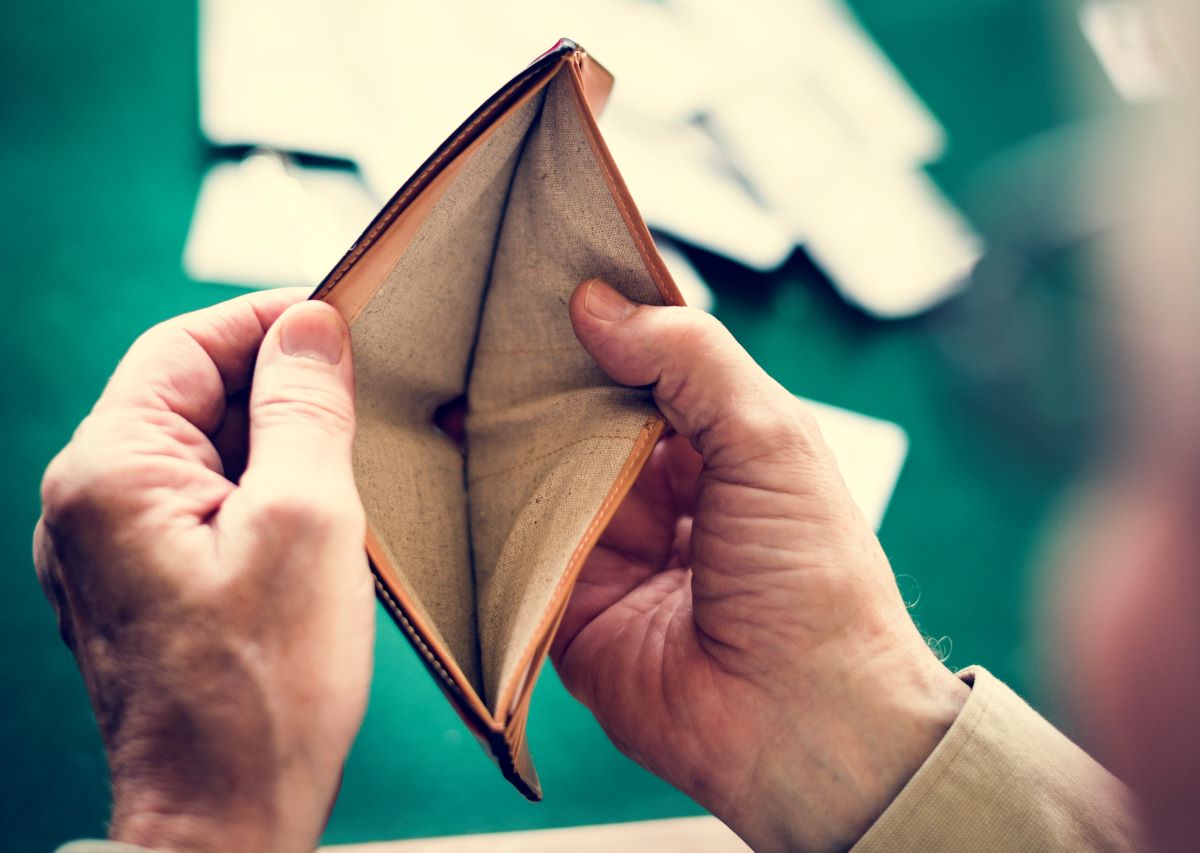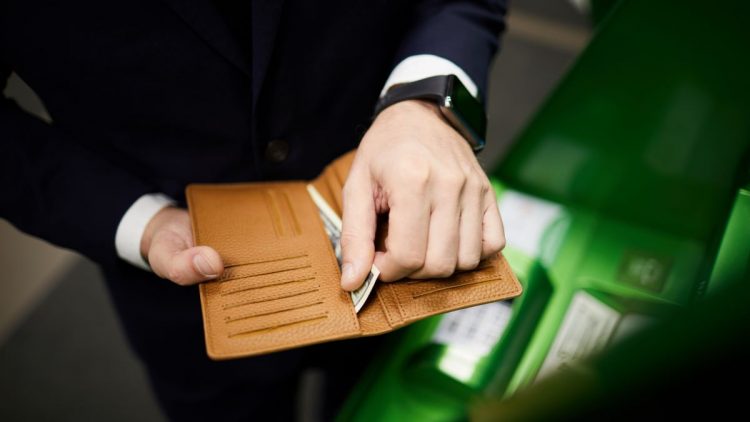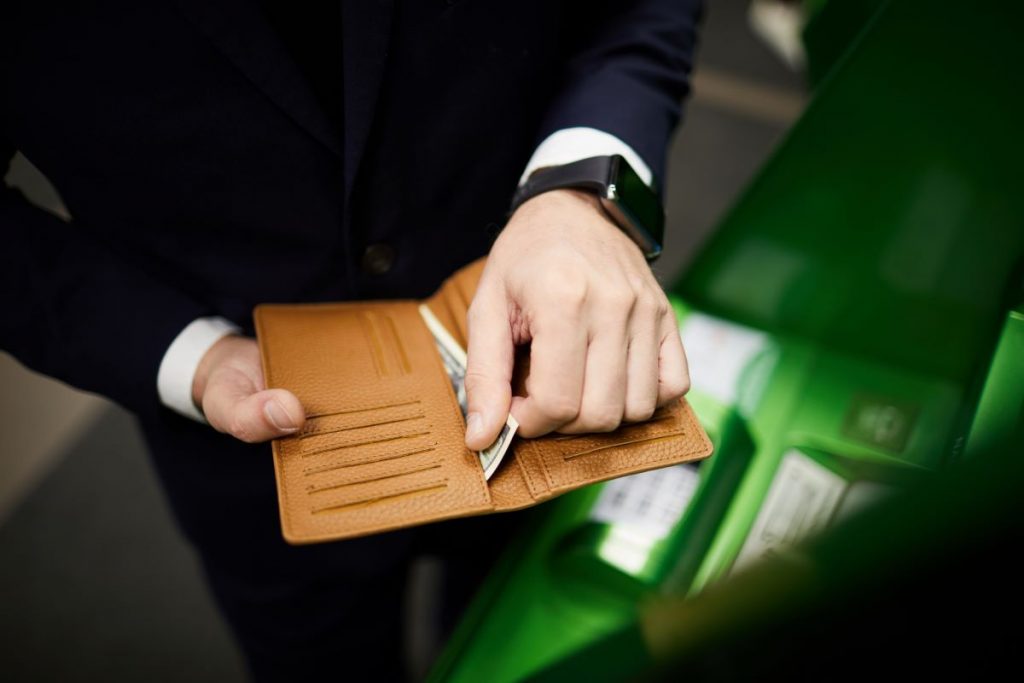What is an Emergency Bankruptcy Filing?

When you file for bankruptcy in an emergency, you just need to submit the bare minimum of paperwork to start the process. It facilitates speedy case filing. If you need to halt serious collection actions like wage garnishment, foreclosure, or repossession, emergency filings can be useful. You have 14 days from the date of filing to finish the remaining paperwork in an emergency bankruptcy case, or your case may be dismissed.
What Is the Process of Filing for Emergency Bankruptcy?
A bankruptcy case filed with only a portion of the necessary forms is known as an emergency bankruptcy filing. An emergency filing may also be referred to as an incomplete filing, a skeleton bankruptcy, or a barebones filing, depending on where you live. The minimal information needed to invoke the automatic stay protection is included in an emergency bankruptcy petition as required by the Bankruptcy Code.
Even in urgent situations, the automatic stay begins to operate as soon as your bankruptcy case is filed. All of your creditors are required by the automatic stay to cease pursuing collection actions against you. The automatic stay can start working even before you’ve finished filing for bankruptcy thanks to an emergency petition.
While it is possible to file for bankruptcy in an emergency situation before finishing all the necessary paperwork, doing so does not release you from filing for bankruptcy in an ordinary manner. As required by law, you have 14 days from the date of your emergency filing to file the remaining forms. If not, your case will be dropped, allowing your creditors to start pursuing collection.
Why Do Individuals File for Bankruptcy in an Emergency?
Most people file for emergency bankruptcy in order to stop a collection action that could soon be initiated. Before choosing to file for bankruptcy, many people do some research and consider their options. It may take some time to gather all the required paperwork and complete all the forms, even after you’ve made the decision to file.
The automatic stay has the power to halt additional collection attempts, but it cannot reverse already completed actions. For this reason, it’s imperative that the automatic stay be in place before there is a wage garnishment, bank levy, repossession, or foreclosure. In the event that you are unable to complete all of your paperwork prior to a significant collection event, you can file for emergency bankruptcy, which will protect you from creditors until you have completed your forms.
What is Required for an Urgent Case?
Only a small portion of the documentation needed to complete your bankruptcy filing will be needed for an emergency bankruptcy filing. You still need to fulfill a few minimal requirements in order to file for an emergency.
Select the Appropriate Type of Bankruptcy
Most people file for bankruptcy using either the Bankruptcy Code’s Chapter 7 or Chapter 13. These two types of bankruptcy were intended for different purposes and operate very differently. Chapter 7 is mainly used by debtors to get rid of unsecured debt, like credit card and medical bills. You have to make your payments on time in order to maintain your vehicle or home in Chapter 7.
Repossessions and foreclosures are frequently stopped through emergency bankruptcy filings. Chapter 13 bankruptcy typically makes more sense in these circumstances. The Chapter 13 repayment plan is often used by debtors who are behind on their rent, mortgage, or auto payments in order to catch up on these payments.
The type of bankruptcy you’re filing must be specified when filing an emergency case. Switching to a different chapter isn’t always simple if you select the incorrect kind of case. Try to arrange a meeting with a knowledgeable bankruptcy attorney if you’re unsure which chapter to file under. When you arrange the consultation, make sure to mention that you’re in an emergency.
Verify Your Eligibility
Not everyone is qualified to file for bankruptcy under Chapter 7. To find out if you are eligible for Chapter 7 relief, you will need to pass a means test. Although completing the means test calculations prior to filing is not necessary in the event of an emergency, it is a good idea in case there is a problem with your eligibility for Chapter 7.
You should also see if you are eligible for a bankruptcy discharge if you have previously filed for bankruptcy. There are waiting periods between a previous bankruptcy discharge and a new discharge mandated by the Bankruptcy Code. Depending on the chapter you filed under previously and the chapter you are filing under now, these wait times vary. The wait periods only come into play if your prior case resulted in a discharge. A Chapter 13 plan can be used to make up missed payments even if you are not eligible for a discharge because of an earlier case.
If you have previously filed for bankruptcy, there are additional restrictions that might be applicable to the automatic stay. The automatic stay usually lasts from the time a bankruptcy case is filed until it is dismissed or discharged. The automatic stay in your new case will only last 30 days if you filed for bankruptcy within the last year and that bankruptcy was dismissed (not discharged). If you want to prolong the automatic stay past 30 days, you can file a motion. Usually, you have to file the motion along with your emergency documents.
When you file for bankruptcy, the automatic stay won’t apply if you’ve filed for bankruptcy twice or more in the previous year. To enforce the stay, you can file a motion, but you’ll need to wait for a hearing and a ruling. You will not be shielded from ongoing collection actions by filing for emergency bankruptcy if there is no automatic stay in place.
Enroll in a Credit Counseling Program
Prior to filing for bankruptcy, all applicants must finish a credit counseling program from an authorized provider. This covers last-minute bankruptcy petitions. Most suppliers provide the course over the phone, online, or both. The cost ranges from $10 to $45, depending on the provider. The course is offered once, with sessions lasting typically less than two hours. A certificate will be emailed to you by the provider once the course is finished. When submitting your emergency forms to the court, you also need to submit this certificate.
Fill out the Forms That Are NECESSARY.
In order to file for emergency bankruptcy, you need to at least fill out and submit the following forms:
Form 101, Voluntary Petition: This eight-page form asks for basic details about your name, address, type of bankruptcy, and history of bankruptcies, if any.
Social Security Number Declaration (Form 121): You will only use your complete Social Security number here in your documentation. It is hidden from creditors, attorneys, and even your trustee; only the court can view it.
An alphabetical list of all your creditors along with their mailing addresses can be found in the creditor matrix. The matrix must be submitted in a specific format to the majority of bankruptcy courts. In certain courts, the list of creditors must be submitted with a verification form. To be sure of the requirements, check with the court where your case will be filed.
Obtain Your Filing Cost
For Chapter 7 cases, the bankruptcy court charges a filing fee of $338, and for Chapter 13 cases, it charges $313. When you file your case, the fee is due. You can file a motion requesting the court to allow you to pay the filing fee in installments if you are unable to pay the entire amount. When you file your emergency case, most courts require you to pay a minimum first installment. For confirmation, check with your court.
You may petition the court to have your filing fee waived if your income is less than 150% of the federal poverty guidelines. When filing your emergency paperwork, you must also file your motion for installments or a fee waiver if you are not paying the full fee.
Put In The Case
New cases can only be filed online by bankruptcy attorneys. Since mailing your forms can cause a delay, it is best to file your paperwork in person in an emergency. To locate your bankruptcy court, use the federal court locater. Certain bankruptcy districts have restrictions on where you can file depending on the county in which you reside. To verify the residence rules and office hours, visit the website of your court. Finding out if your court has any additional requirements—such as bringing specific forms of identification or extra copies of your forms—also helps. Call the court clerk if you’re unsure.
I’ve filed for bankruptcy in an emergency. What Now?
Although filing for emergency bankruptcy will provide you with some immediate relief, your work is not over. Notifying the creditor who prompted you to file the emergency case is necessary. Additionally, you must finish and submit the last of your bankruptcy forms.
Let Your Creditor Know
Notification of your emergency filing will be mailed to each creditor in your creditor matrix by the bankruptcy court. However, it may take a few days or more for this notice to reach creditors. You should give the creditor a call directly in order to successfully halt a garnishment, lawsuit, foreclosure, repossession, or other collection action. Make contact with the creditor’s lawyer if you are familiar with them rather than contacting the creditor directly. Typically, you’ll need to provide them with your bankruptcy case number, the court you filed with, and the filing date. In case there is an issue, jot down the time and person you spoke with when you called.
Fill out the remaining bankruptcy forms and file them.
You have just 14 days from the time you file your emergency documents to the time you file the remaining bankruptcy forms. Remember, fourteen days can pass quickly, so don’t wait. The remaining forms, along with instructions, can be accessed online, just like the emergency forms. For every state, Upsolve also offers a free filing guide.
The bankruptcy court will send you a deficiency notice a few days after you file your emergency case. This does not imply that the material you have already filed is flawed. It simply indicates that you haven’t yet submitted all necessary forms. A list of the forms you still need to file and the due date for doing so will be included with your deficiency notice. To ensure that the remaining forms are received by the deadline, submit them in person.
The court has the right to dismiss your case if you fail to file the last of the bankruptcy forms by the deadline. The automatic stay is lifted upon a dismissal, allowing your creditors to resume collection efforts. You can file a motion requesting an extension from the court if you require more time to file the remaining forms. Don’t ask for more time unless you absolutely need it, as courts are frequently hesitant to grant these extensions.
Following the submission of all necessary paperwork, your case will be handled similarly to other bankruptcy cases. The date, time, and location of your creditors’ meeting, along with your trustee’s contact details, ought to be included in a notification you receive. About 30 to 45 days typically pass after the date of filing. It’s likely that you’ll receive a request for documents from your trustee, which you must submit at least seven days prior to the meeting.
What Drawbacks Come With Emergency Bankruptcy Filing?
The fact that you have so little time to prepare your bankruptcy forms is the largest disadvantage of filing an emergency case. The shapes are intricate. Documents like bank statements, tax returns, and pay stubs must be gathered. Another disadvantage is that you might run into unforeseen problems with your case when filling out your other forms, like property that isn’t exempt from fees. You don’t have much time to solve problems once you encounter them.
Furthermore, even though filing for emergency bankruptcy gives you some relief, in some cases it’s only a short-term fix. For example, in Chapter 7, you have to immediately bring the payments current if you want to keep your house or vehicle. You have an extended period in Chapter 13 to make up missed payments. Regardless of the chapter you file under, you only have 30 days to bring your payments current if you filed for bankruptcy to prevent an eviction.You only submit the bare minimum of paperwork to the bankruptcy court when filing for bankruptcy emergency. When you need to halt an impending threat of collection, like a wage garnishment, foreclosure, or repossession, emergency filings can be useful. In these circumstances, you might have to file for bankruptcy quickly because you won’t have enough time to finish all the paperwork. You are protected from creditors by the automatic stay, which is activated by the emergency filing. However, you only have 14 days from the date of filing to finish all other documentation. This could be dangerous, particularly if problems arise with your case. Your case may be dismissed if the remaining forms are not submitted by the deadline.
Speak With Our Bankruptcy Lawyers In Phoenix & Scottsdale
Canterbury Law Group should be your first choice for any bankruptcy evaluation. Our experienced professionals will work with you to obtain the best possible outcome. You can on the firm to represent you well so you can move on with your life. Call today for an initial consultation. We can assist with all types of bankruptcies including Business Bankruptcy, Chapter 7 Bankruptcy, Creditor Representation, Chapter 5 Claims, Chapter 13 Bankruptcy, Business Restructuring, Chapter 11 Bankruptcy, and more.
*This information is not intended to be legal advice. Please contact Canterbury Law Group today to learn more about your personal legal needs.





